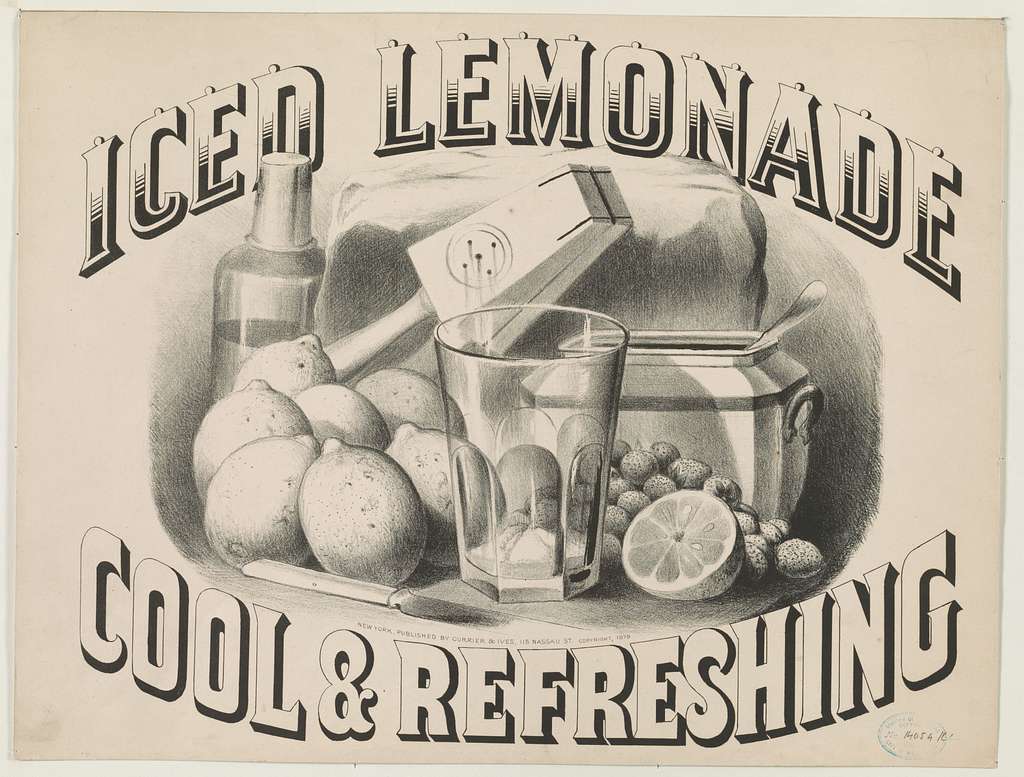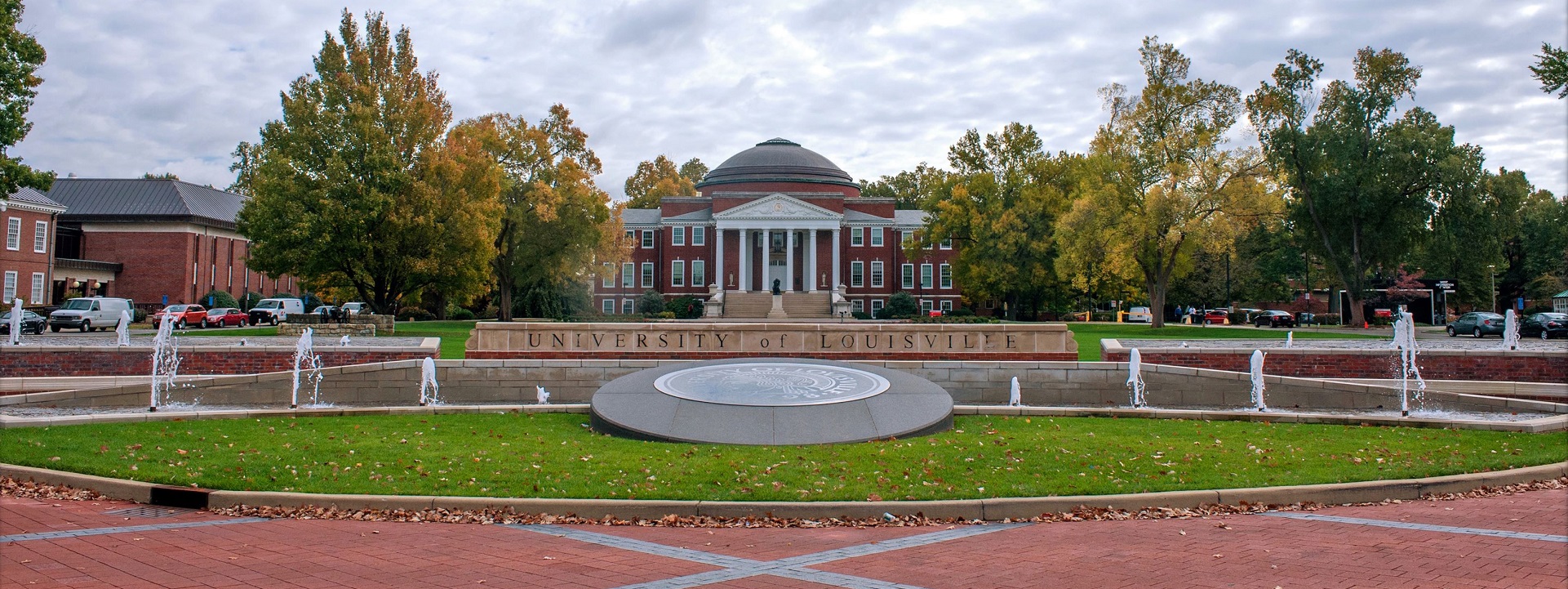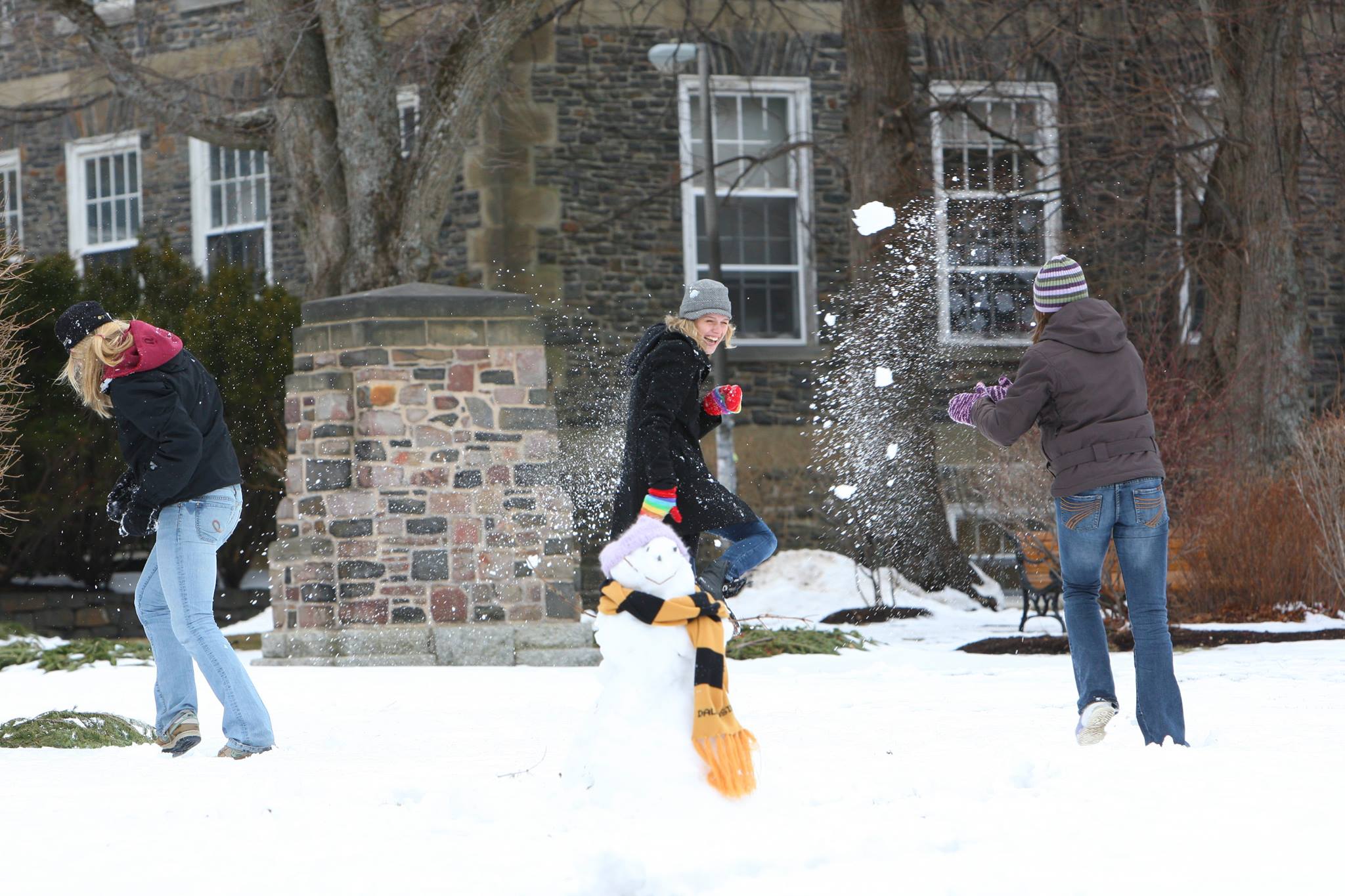The Science Behind Brewing Beer
- Home Page 24

“Mountain High Apple Pie”
More than half of this year’s American Institute of Architects North Carolina (@AIA_NC) awards were won by @NCStateDesign students, faculty and alumni. 👏 Explore their projects: https://t.co/0J28nxhgC2 pic.twitter.com/ACpEgAQfsN
— NC State University (@NCState) January 19, 2024
North Carolina State University Facilities
Rhubarb Strawberry Pie
A dessert popular in the United Kingdom, where rhubarb has been cultivated since the 1600s, and the leaf stalks eaten since the 1700s. Besides diced rhubarb, it almost always contains a large amount of sugar to balance the intense tartness of the plant. The pie is usually prepared with a bottom pie crust and a variety of styles of upper crust.
In the United States, often a lattice-style upper crust is used. This pie is a traditional dessert in the United States. It is part of New England cuisine. Rhubarb has long been a popular choice for pies in the Great Plains region and the Michigan Great Lakes Region, where fruits were not always readily available in the spring
Related
University of Missouri: Plant rhubarb, the pie plant, in March
University of Nebraska: Rhubarb Cream Pie
TU Dublin: Rhubarb Pie Using Sweet Shortbread Pastry
Lemonade
Officer goes viral after response to ‘Mrs. Anonymous’ complaint over lemonade stand
“Thank you to “Mrs. Anonymous” for calling to complain about a kids’ lemonade stand. We responded and enjoyed a refreshing cup while making some new friends!” pic.twitter.com/WnkLgkyHZM
— Unlimited L’s (@unlimited_ls) July 30, 2025
University of Florida College of Agriculture and Life Sciences
More
United States Department of Agriculture: Frozen Concentrate for Lemonade Grades and Standards
United States Food & Drug Administration: Canned Fruit Juices
Spoon University: My Perfect Lemonade Recipe
Bourbon Research
I didn’t know that🤔 pic.twitter.com/rMT3X2fCN0
— Alix (@AlixG_2) August 17, 2024
Greg Gutfeld and guests discuss how President Biden’s alcohol czar is warning that new guidance could be only two beers a week
University Ave Pizza
While there isn’t a universally standardized pizza that everyone agrees upon, certain types of pizza have become iconic and widely recognized. Some of these include:
Margherita Pizza: This classic pizza features tomato sauce, fresh mozzarella cheese, fresh basil, and a drizzle of olive oil. It’s named after Queen Margherita of Italy.
Pepperoni Pizza: Topped with tomato sauce, mozzarella cheese, and slices of pepperoni (a cured pork and beef sausage).
Margarita Pizza: Similar to the Margherita, but without the basil. It typically has tomato sauce, fresh mozzarella, and sometimes a drizzle of olive oil.
Neapolitan Pizza: This style originated in Naples, Italy. It has a thin, soft, and chewy crust with simple and fresh ingredients like San Marzano tomatoes, mozzarella, fresh basil, and olive oil.
New York Style Pizza: Characterized by its large, foldable slices with a thin and flexible crust. It’s often topped with tomato sauce and mozzarella cheese.
Chicago Deep-Dish Pizza: Known for its thick crust, this pizza has layers of cheese, toppings, and tomato sauce. It’s baked in a deep pan, resulting in a substantial and hearty pizza.
Sicilian Pizza: Square-shaped and thick-crusted, Sicilian pizza is often topped with tomato sauce, mozzarella, and various toppings.
California Pizza: Often associated with innovative and non-traditional toppings, California-style pizza might include ingredients like barbecue chicken, goat cheese, arugula, and more.
Different regions and cultures have their own interpretations and variations, so what’s considered a “standard” pizza can vary widely depending on personal preferences and local traditions.
Next week, @kipras_r and I will be at Como – Optical Probes 2023 conference to try some authentic Italian pizza. If you'd like to meet up, drop me a message or simply catch us at the conference! See you there! #OpticalProbes2023 #femtoinfluencer @light_con pic.twitter.com/7vdMCFaOfN
— Greta Bučytė (@GretaBucyte) September 5, 2023
Boathouses
This content is accessible to paid subscribers. To view it please enter your password below or send mike@standardsmichigan.com a request for subscription details.
Fennel Citrus Chicken Salad
Statement of Net Position 2024: $1.341B (PDF Page 24) | Kendall Reagan Nutrition Center
Call us biased, but we have the best group of future occupational therapists in @CSU_OT 💚💛
Last week’s convocation, where we welcomed our cohorts of OT Rams back to campus, was filled with good vibes and high energy for the year ahead 🐏⚡️ pic.twitter.com/8wTJ2rPi8S
— CSU Health Human Sci (@HealthHumanSci) September 8, 2023
New update alert! The 2022 update to the Trademark Assignment Dataset is now available online. Find 1.29 million trademark assignments, involving 2.28 million unique trademark properties issued by the USPTO between March 1952 and January 2023: https://t.co/njrDAbSpwB pic.twitter.com/GkAXrHoQ9T
— USPTO (@uspto) July 13, 2023
Standards Michigan Group, LLC
2723 South State Street | Suite 150
Ann Arbor, MI 48104 USA
888-746-3670

























